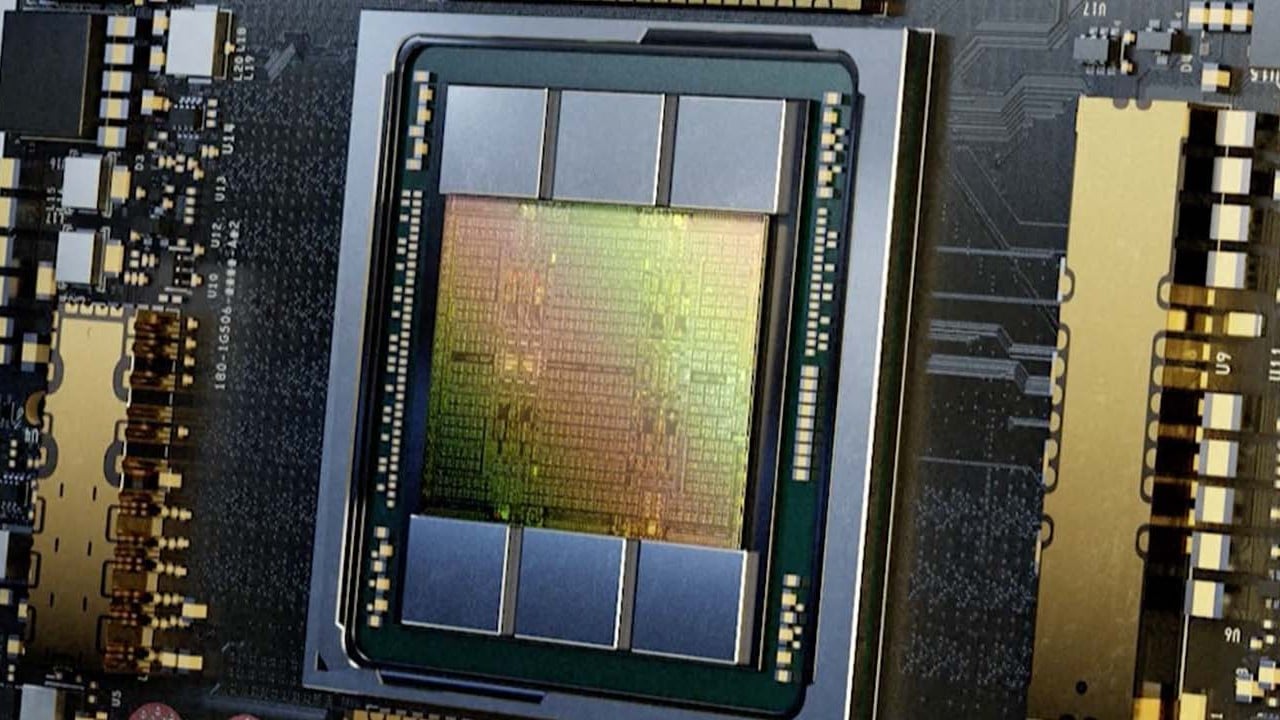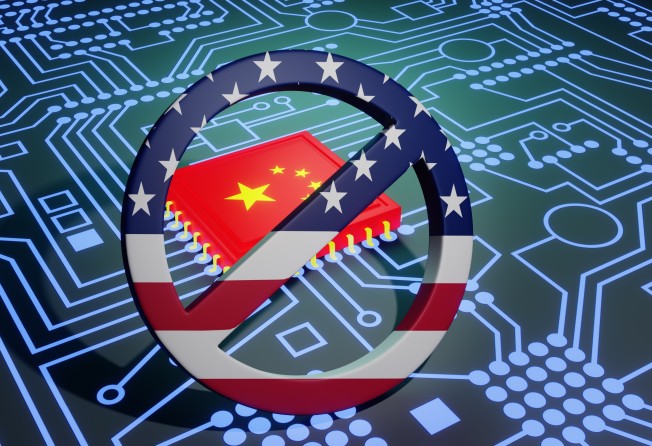
01:36
AI chip maker ordered by US government to halt exports to China

Tighter US export controls on semiconductors are unlikely to have an immediate impact on the Chinese military, but China will still need to work on chip self-sufficiency to face future challenges, analysts forecast.
This comes amid an escalation in the US-China tech war, with Washington imposing further sanctions earlier this month, restricting the export of more key technologies and hi-tech items, including “advanced computing chips”.
The sanctions also expand the US Commerce Department’s entity list, subjecting companies to government licensing and sanctions requirements.
They also ban US persons from working for China in hi-tech areas, as Washington seeks to hobble the Chinese manufacture of advanced semiconductors and their use by the People’s Liberation Army.
But due to the technology lag for chips used by the PLA, the latest US sanctions would have little effect on Chinese arms production at this point, observers said.
“The chip technology for civilian use is on a higher level than for military use,” Macau-based military commentator Antony Wong Tong said.
Announcing the latest tech sanctions, the US Commerce Department’s Bureau of Industry and Security said one reason for the move was to restrict China’s access to “sensitive technologies with military applications”.
In a statement on October 7, the bureau said the new measures would restrict China’s ability to obtain advanced technologies that are used “to produce advanced military systems including weapons of mass destruction; improve the speed and accuracy of its military decision making, planning, and logistics, as well as of its autonomous military systems; and commit human rights abuses”.
According to senior department official Thea Kendler, China has “poured resources into developing supercomputing capabilities and seeks to become a world leader in artificial intelligence by 2030. It is using these capabilities to monitor, track, and surveil their own citizens, and fuel its military modernisation.”
“Our actions will protect US national security and foreign policy interests,” Kendler said.
However, the new thresholds set to deny Chinese chip foundries are too high for chips now used in arms production, even for the world’s most advanced weapons.
The restrictions apply to highly advanced logic chips of 16 nanometre, 14nm or below; dynamic random-access memory (DRAM) chips of 18nm half-pitch or less; and NAND flash memory chips with 128 layers or more.
As a comparison, the latest US stealth fighter jet – the Lockheed Martin F-35 – is fitted with an integrated core processor – serving as its brain to process data for communications, sensors, and electronic warfare. The computing capacity involved is roughly as fast as an Intel consumer processor dating from around 2004, which was made with a 90nm fabrication process.
Chinese chip makers like Semiconductor Manufacturing International Corporation (SMIC), which has been on the US entity list since 2020, only have the capacity to mass produce chips of 28nm and above, mostly for use in cars and home appliances.
The most cutting-edge technology today comes from South Korea’s Samsung and Taiwan Semiconductor Manufacturing Co (TSMC), which have advanced to 3nm. They are the only two companies that have mature process below 10nm.
Advanced processing chips bring advantages such as smaller volume, lower power consumption, and stronger computing capability, driving ever-faster upgrades in consumer electronics such as smartphones over the past two decades.
Such advantages, however, are less desired in military equipment, where stability, interference proofing, and environment adaptability are more valued.
“Military equipment also takes a long time to develop, so they tend to use highly stable chips developed with previous generations of technology,” military commentator Song Zhongping said.
Song said that since the Western arms embargo on China went back decades, the country had had to become self-sufficient in processing chips for military equipment and space missions.
Meanwhile, Wong noted that advanced civilian technologies, standards and products were being, and increasingly would be, applied in the military globally.
“China should speed up the military-civilian fusion and develop duo-use tech,” he said.